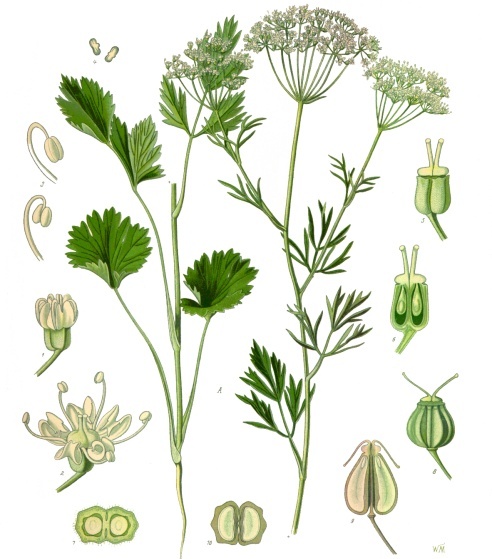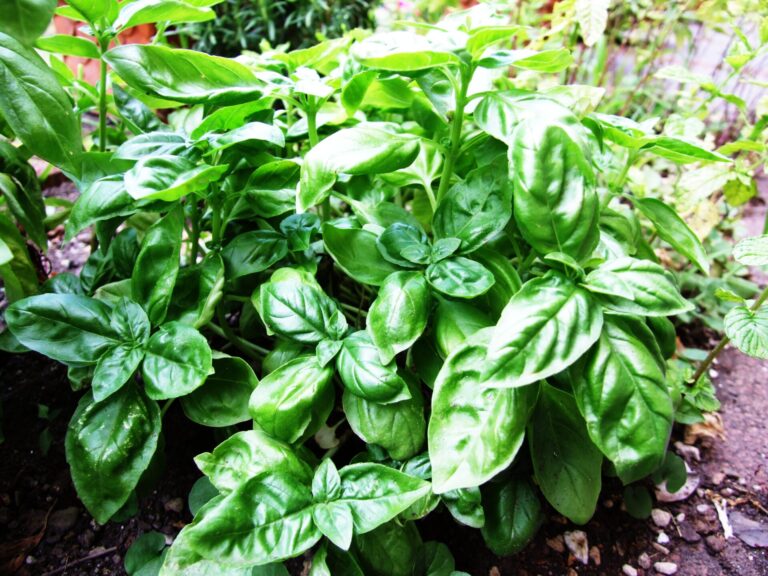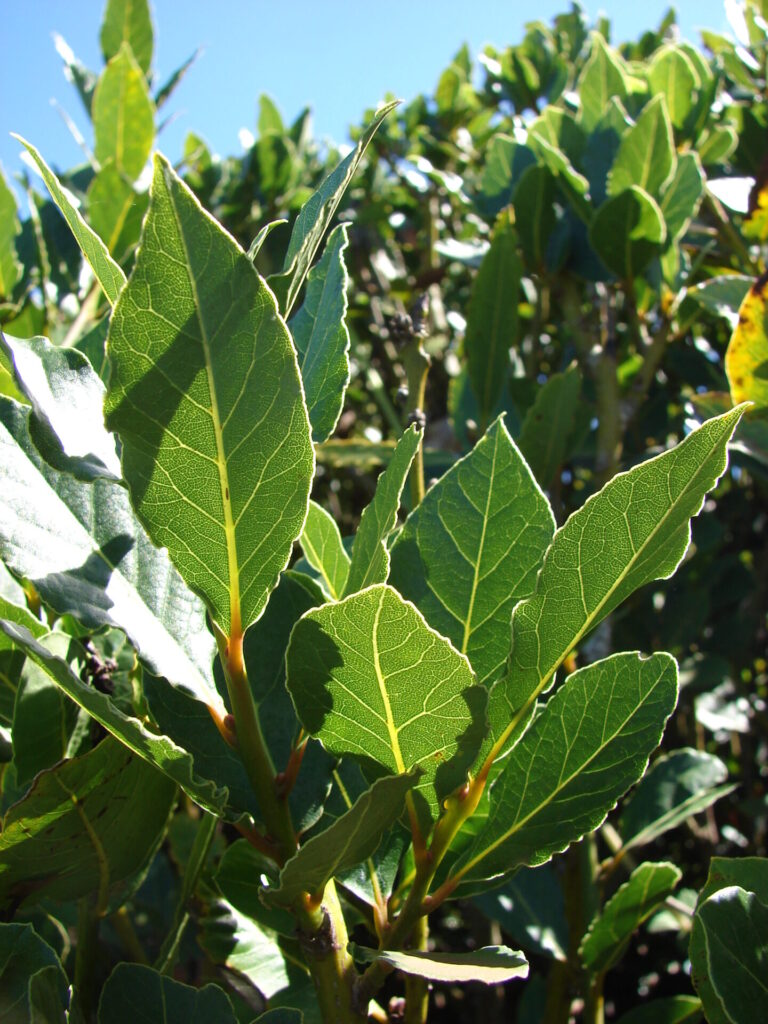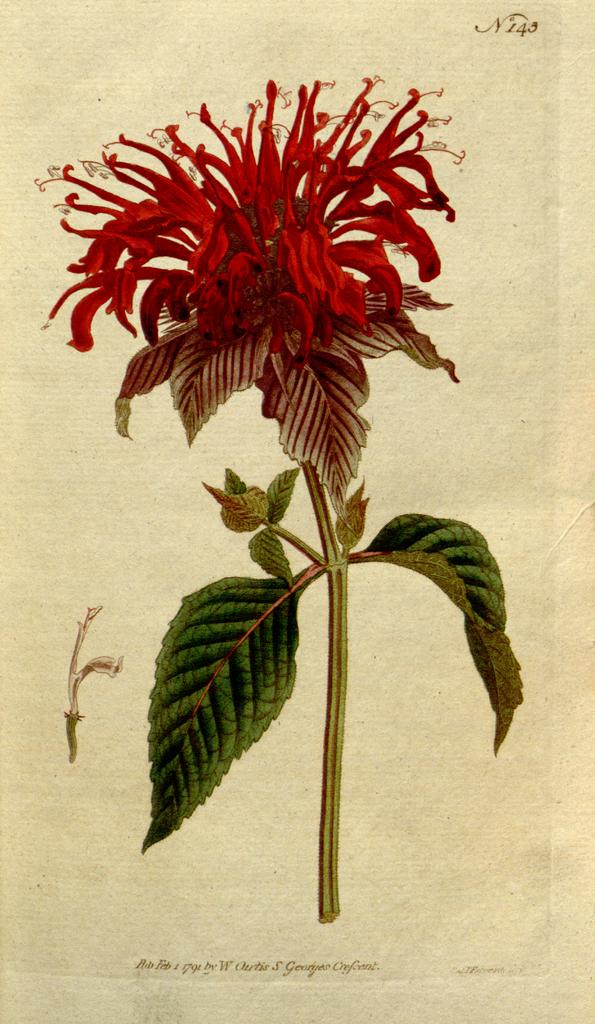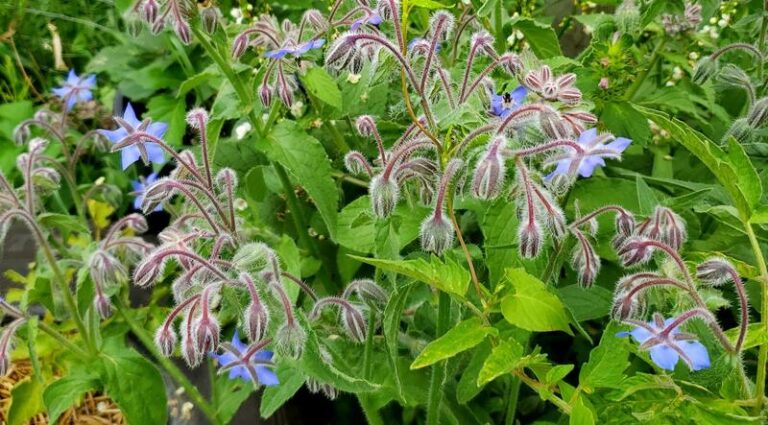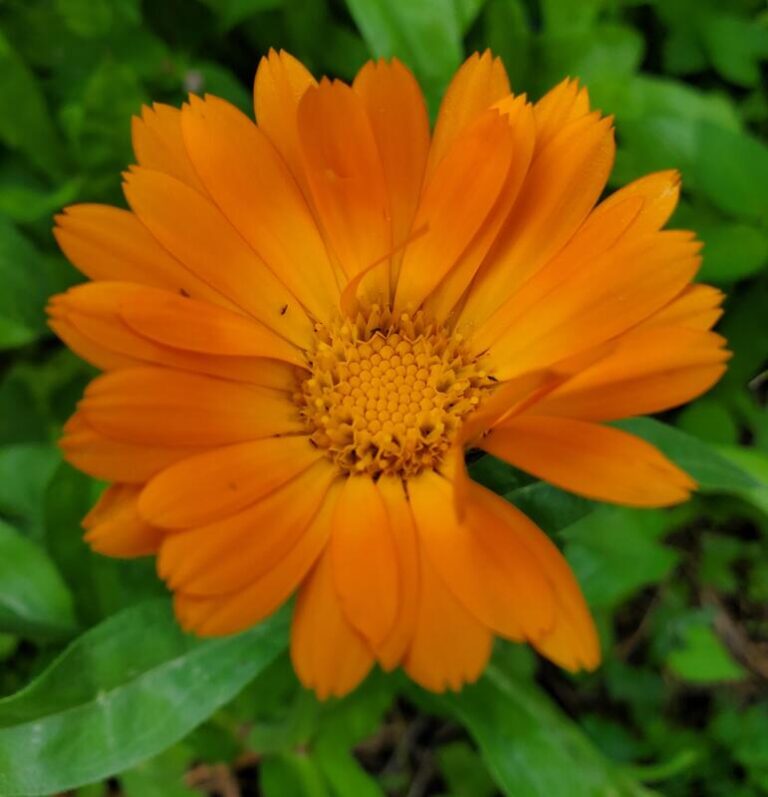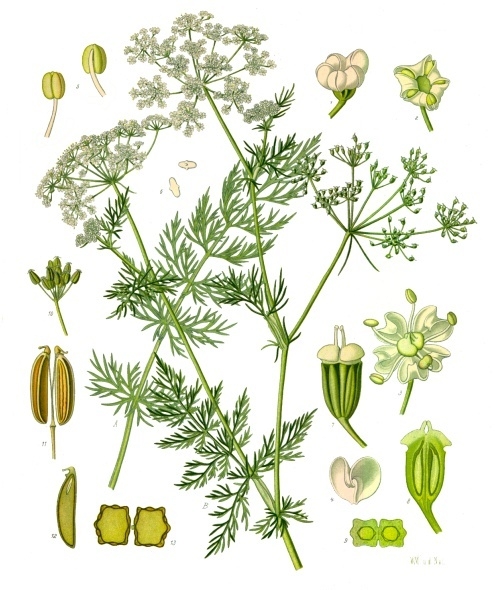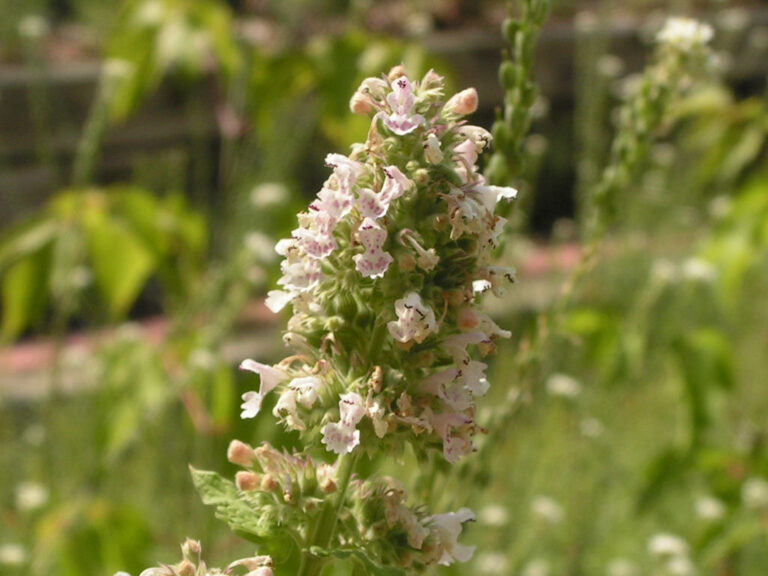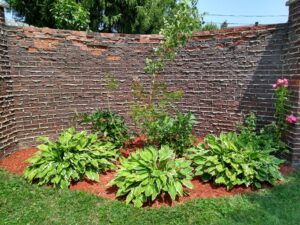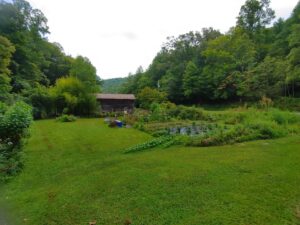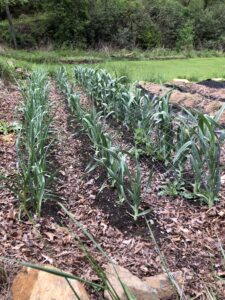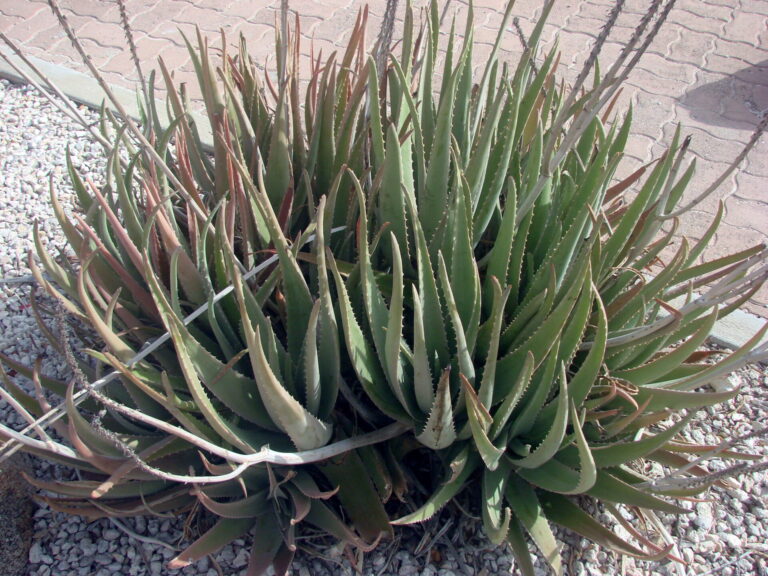
Aloe Vera
is a species of succulent plant that thrives in dry, hot regions of the world. Aloe vera is a stemless or very hort-stemmed succulent plant that can grow as high as three feet tall. The leaves are thick and fleshy, reen to grey-green, with some varieties showing white flecks on the upper and lower stem surfaces. Yellow flowers may grow on outdoor aloe plants, but not on indoor potted aloe plants. Aloe plants are made up of 95 percent water, and even a slight frost will freeze them and turn them to mush. Aloe barbadensis is the type of

